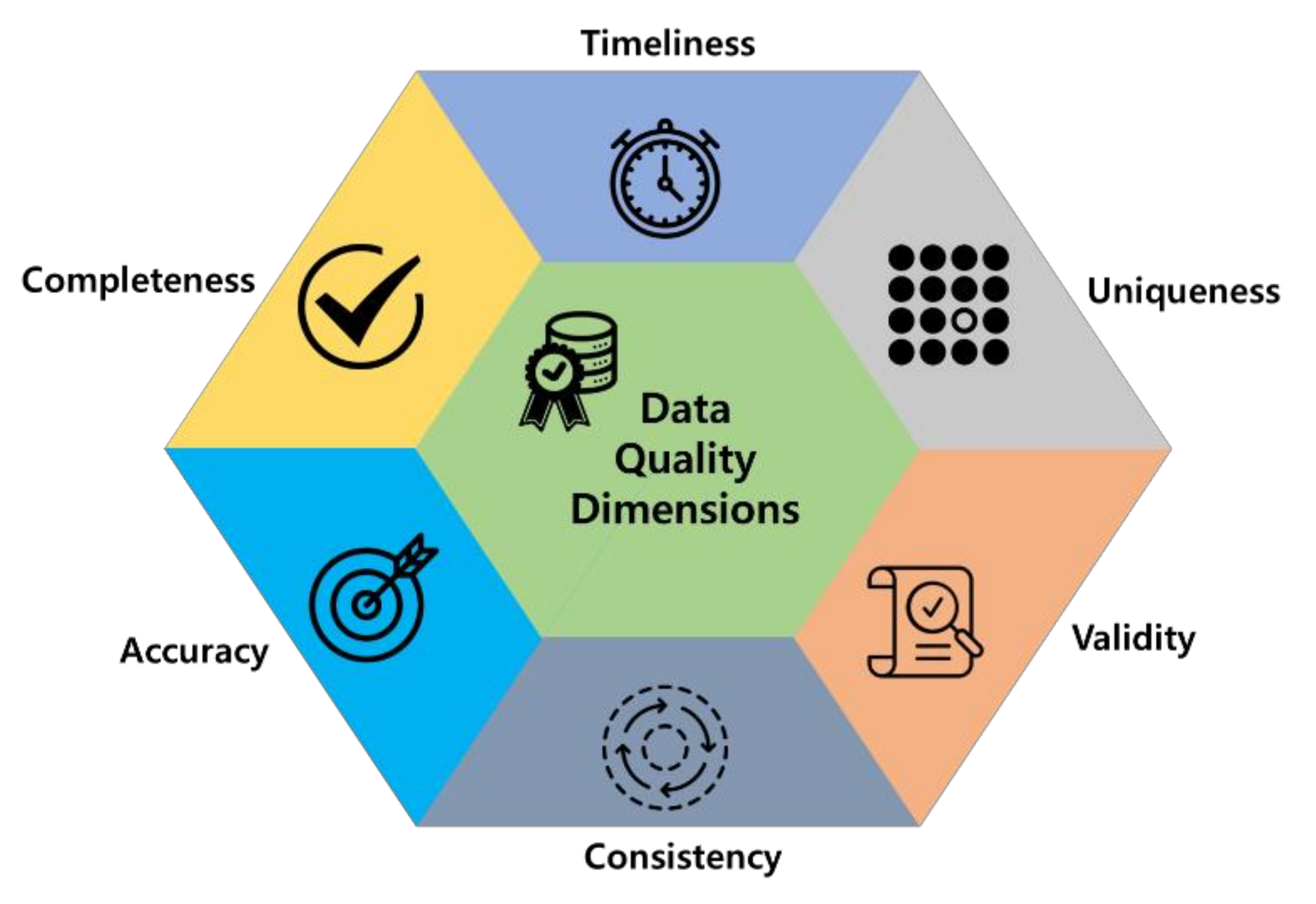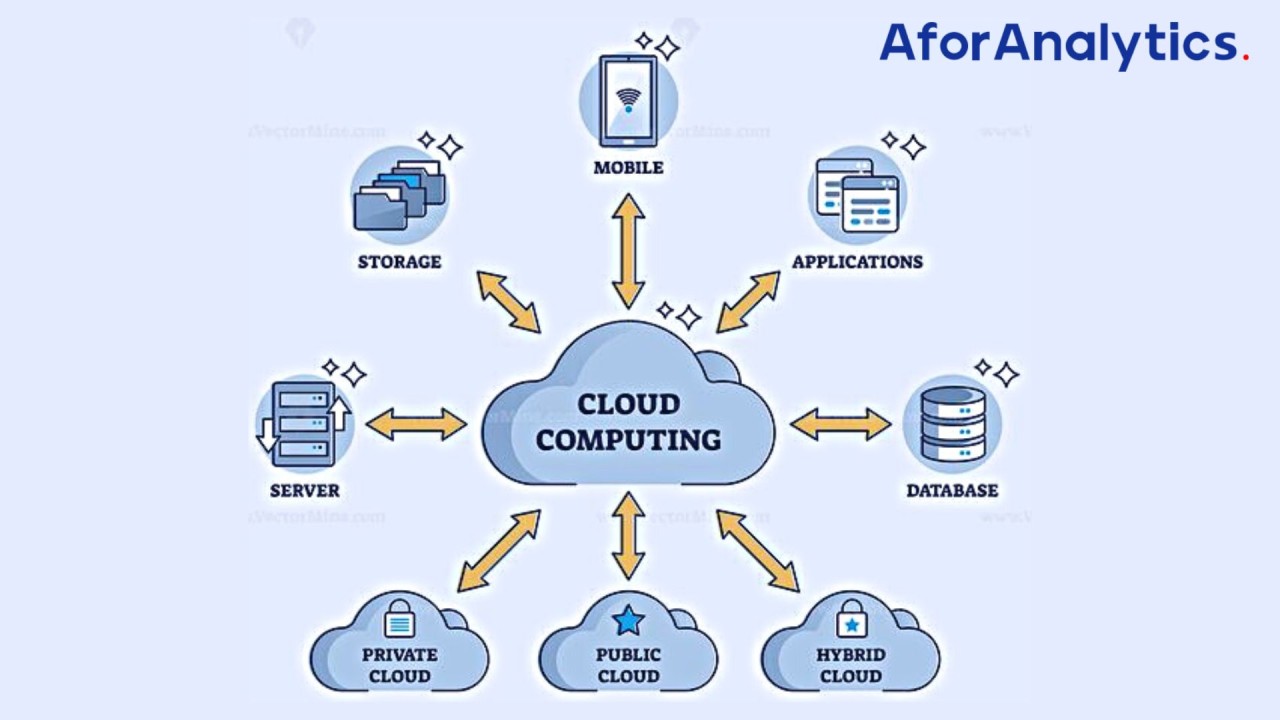In today’s digital age, understanding the concept of data completeness in cloud services is crucial for businesses seeking to maximize the value of their data. Cloud service data completeness refers to the accuracy and entirety of data stored in cloud systems, playing a pivotal role in decision-making processes. This comprehensive guide aims to delve into the significance of maintaining data completeness, exploring the causes of data incompleteness, along with the benefits and strategies for ensuring Cloud service data completeness.
Understanding Cloud Service Data Completeness
Data completeness in cloud services pertains to the accuracy of data representation of real-world entities. Incomplete data may result in erroneous analysis, flawed decisions, and jeopardized data integrity. Achieving data completeness requires robust processes for data collection, validation, and quality control. By ensuring that data is comprehensive and precise, businesses can make informed decisions and derive meaningful insights from their cloud-stored information.

Importance of Maintaining Data Completeness
Maintaining data completeness in cloud services enhances data accuracy, ensuring reliable analysis for informed decision-making processes. By minimizing incomplete data, businesses mitigate the risk of biased or misleading outcomes, promoting data-driven strategies. Additionally, adhering to complete data sets facilitates regulatory compliance, upholding data integrity and meeting industry standards. Ultimately, it boosts operational efficiency and effectiveness in cloud-based systems, fostering optimal performance.

Proven Strategies for Ensuring Data Completeness
Implementing Data Validation Rules:
One essential strategy is to set up data validation rules to scrutinize data for missing or invalid values actively. This mechanism ensures that only accurate and complete data enter the cloud system, enhancing the overall data integrity and reliability of decision-making processes.
Regular Data Cleaning and Deduplication:
Establishing routine data cleaning and deduplication processes is vital to maintain data completeness. By regularly removing duplicates and inconsistencies, organizations can streamline data quality, mitigate errors, and ensure the completeness of data stored in cloud services.
Utilizing Data Integration Tools:
Employing data integration tools facilitates smooth and accurate data transfer between different systems within the cloud environment. These tools help in harmonizing data formats, resolving discrepancies, and ensuring that data remains complete and consistent across various platforms.
Conducting Periodic Data Audits:
Conducting scheduled data audits is crucial for identifying and rectifying any data completeness issues that may arise. By reviewing the accuracy and completeness of data regularly, organizations can proactively address gaps, errors, and discrepancies, ultimately enhancing the reliability and usability of data in cloud services.
These strategies empower organizations to uphold the integrity and completeness of data within their cloud services, fostering better decision-making capabilities and operational efficiency.

Best Practices for Data Completeness in Cloud Services
Designing Data Collection Processes with Completeness in Mind
In the realm of Cloud Service Data Completeness, it is paramount to design data collection processes that prioritize completeness from the outset. Ensuring that data is captured accurately and comprehensively sets the foundation for maintaining integrity and quality throughout the data lifecycle in cloud services.
Implementing Data Governance Policies for Quality and Integrity
To uphold Cloud Service Data Completeness, implementing robust data governance policies is indispensable. These policies define standards, procedures, and responsibilities surrounding data completeness, safeguarding against inaccuracies or omissions. Data integrity is preserved through a structured framework, reinforcing the reliability of cloud-stored data.
Training Users on Data Completeness and Entry Practices
Educating users on the significance of data completeness and fostering proper data entry practices are pivotal. Empowering individuals with the knowledge to recognize and rectify incomplete data ensures a culture of data accuracy. Training programs instill a sense of responsibility among users, enhancing data completeness in cloud services.
Reviewing and Updating Data Completeness Strategies Regularly
In the dynamic landscape of cloud services, reviewing and updating data completeness strategies are vital. Regular assessments allow for the identification of gaps or emerging challenges, enabling timely adjustments to optimize data completeness. Adapting strategies ensures that cloud-stored data remains accurate, relevant, and complete for effective decision-making.

Tools and Technologies for Ensuring Data Completeness
Embracing Advanced Tools for Data Completeness
Data validation tools play a pivotal role in ensuring Cloud Service Data Completeness by meticulously checking for missing or erroneous values within datasets. These tools act as a safeguard against inaccuracies, enhancing data quality and reliability for informed decision-making processes.
Streamlining Data Quality with Cleaning Tools
Data cleaning tools are essential for maintaining Cloud Service Data Completeness by efficiently eliminating duplicate or incorrect data entries. By automating the process of error detection and rectification, these tools enhance the overall integrity of the data stored in cloud systems, contributing to data completeness.
Facilitating Seamless Data Flow with Integration Tools
Data integration tools are instrumental in promoting data completeness by enabling the smooth transfer of data between diverse sources and applications. By unifying data from multiple platforms into a cohesive structure, these tools enhance the accessibility and usability of information, fostering comprehensive insights.
Uncovering Insights with Advanced Analytics Tools
Data analytics tools play a crucial role in identifying patterns and trends related to data completeness within cloud services. By leveraging advanced algorithms and visualizations, these tools provide valuable insights into the completeness status of data, empowering organizations to make data-driven decisions effectively.

